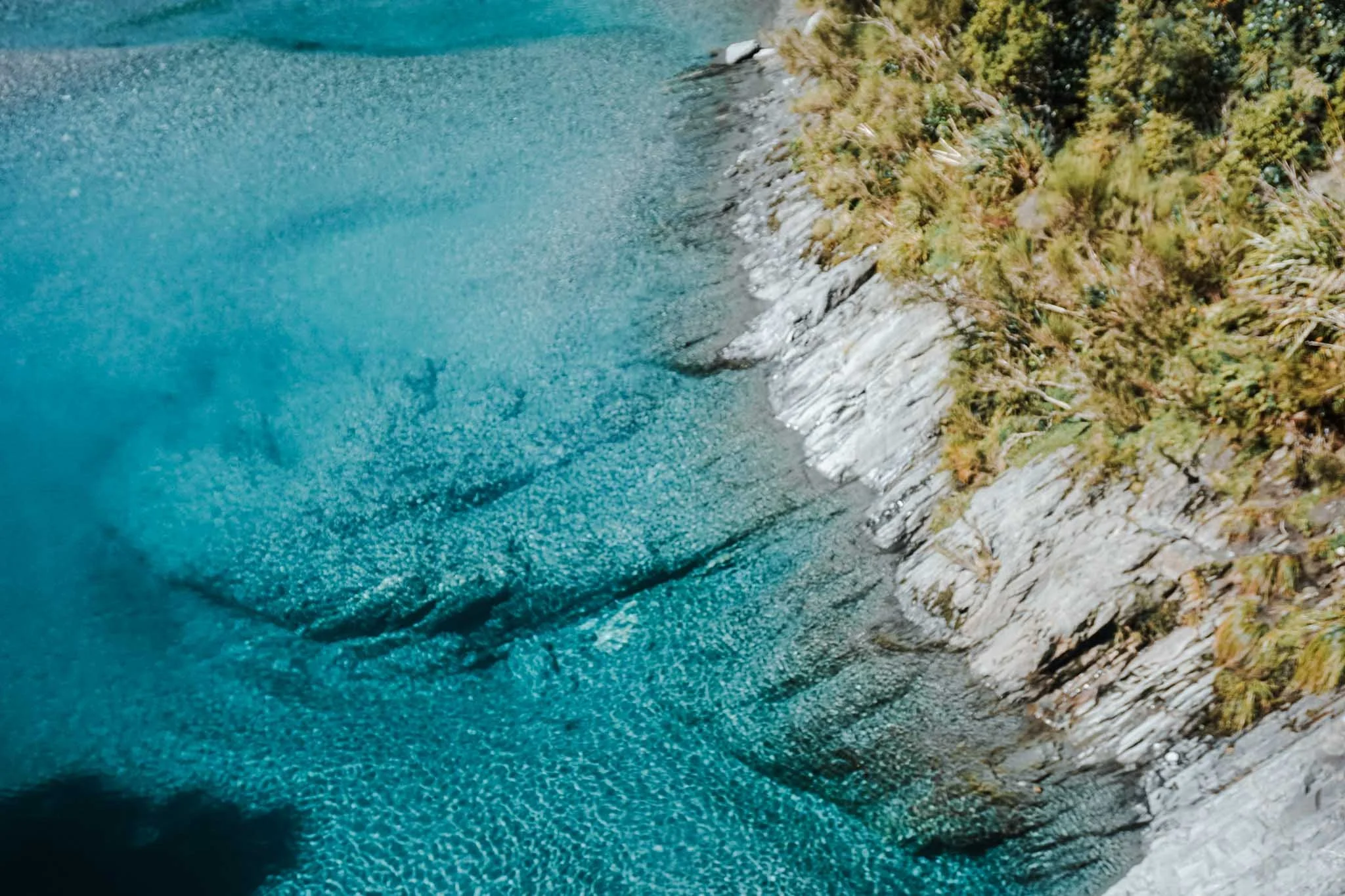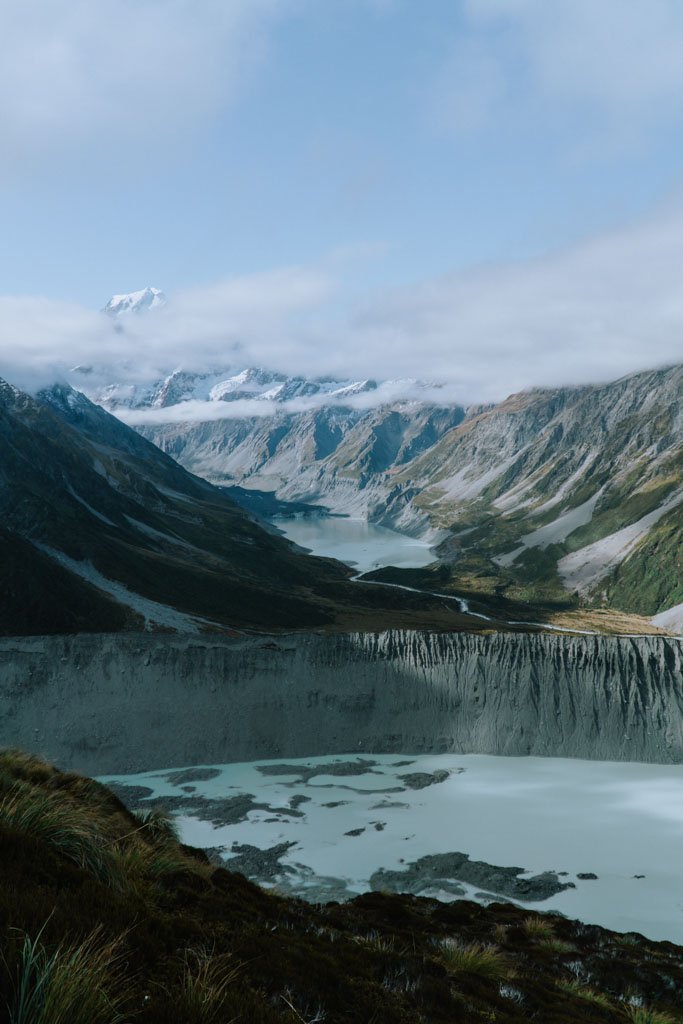20 beautiful places to visit in New Zealand
These are some of the most beautiful destinations in New Zealand
Think of a landscape, and you can find it in New Zealand. Beaches, forests, mountain peaks, even glaciers and small islands.
I have rounded up photos and tips from some of my favourite adventures around New Zealand, from the places you might have heard of already to a few more off the beaten path places.
North Island places
This list list a little more weighted to the South Island, but the North has some stunning places to go as well. If you like beaches — for surfing, sunbathing, or coastal walks — the North Island delivers.
Northland
Some of my favourite spots in Northland:
Matapouri Bay and Woolley’s Bay
Whangarei Heads and the Te Whara/Bream Head track
Spirits Bay, near Cape Reinga
Matai Bay.
Taranaki
Taranaki is easily one of my favourite regions in New Zealand.
It has everything; a national park with an epic mountain, a coastline with endless surf beaches, west coast sunsets. And in New Plymouth there are artisanal bakeries, coffee roasteries, and the Len Lye art gallery.
The Coromandel Peninsula
The Coromandel Peninsula is one of the best beach destinations in New Zealand.
The east coast of the peninsula is lined with incredible white sand beaches, from secluded bays to wind-swept surf beaches.
Cathedral Cove is the most famous destination on the Coromandel. The stunning limestone arch is well worth a visit, but it can get crowded.
Hot water beach is the other famous beach to check out — for two hours either side of low tide you can dig your own hot pool in the sand. The water is heated by geothermal activity and gets surprisingly hot.
You can always jump in the waves to cool off, but just be careful of the strong currents at this beach.
New Chums Beach is another scenic spot, if you want to try surfing, head to Whangamata Beach, famous for its epic waves.
South Island places
People often ask me which island is more beautiful, and I do have to admit the South Island has more beautiful places. The sheer diversity of what you can see in the south is amazing; whales, glaciers, bright blue rivers. It doesn’t take long to fill up your camera roll.
Kaikoura
Kaikoura is one of the best places to go in New Zealand for wildlife watching.
There are few other places where you can swim with both dolphins and seals, see penguins, albatrosses, petrels and other sea birds, and see spot whales all year round.
The small coastal town, located around 2 and a half hours north of Christchurch, is famous for whale watching.
A population of sperm whales means you can go whale watching any time of year, while migrating humpback whales provide other opportunities to see the great beasts during the winter months.
You don’t necessarily have to take a boat tour to see wildlife, though — head to the Kaikoura Peninsula Walkway for spectacular cliff top views of the sea, with a seal colony lying at the feet of the rocks.
The seals here are so active that when I visited one evening, I saw one heaving itself through the carpark.
The West Coast
Franz Josef and neighbouring Fox Glacier are highlights of the West Coast.
Aoraki/Mount Cook National Park and the nearby lakes
Ice-capped Aoraki is a stunning sight.
Aoraki/Mount Cook is the highest mountain in New Zealand, at 3,724 metres (12,218 feet).
The glittering fin of the mountain is visible across Lake Pukaki, a bright blue lake fed by glaciers pouring down from the Southern Alps. Looking across Pukaki toward Aoraki/Mount Cook is one of the most iconic views in all of New Zealand.
Make the drive out to Mount Cook Village at the heart of Aoraki Mount Cook National Park and you’ll get awesome views the whole way.
From the village, you can walk the Hooker Valley Track — one of the best day walks in New Zealand — and up the Sealy Tarns.
On a fine day, you can admire Aoraki Mount Cook in all its glory.
Lake Tekapo is an essential stop on any South Island road trip.
The lake is stunning and a scenic spot in its own right. But one of the main draws to Lake Tekapo is the beauty of the night sky.
Tekapo is part of the Aoraki Mackenzie Dark Sky Reserve. This was only the third dark sky reserve in the world, so it’s an area of pristine night skies and superb stargazing.
From Tekapo you can join star gazing tours at the Mount John Observatory, or at other locations near the lake.
To star gaze for free, you can also book yourself into accommodation with skylights over the beds, so you can lie in bed and look up at the Milky Way.
If you want to be immersed in New Zealand’s nature, these are some of the top places to add to your itinerary. You can hike, kayak, or boat your way around a lot of these places — choose how you would like to explore, and enjoy.
Queenstown
Queenstown is one of the top destinations in the South Island, not only for the beauty of the town itself, but thanks to the number of day trips you can do in the area.
Marlborough might be the wine region that gets the largest share of the spotlight, thanks to the legendary production of sauvignon blanc, but Central Otago is my favourite wine region.
There are dozens of excellent vineyards around Cromwell and the Gibbston Valley area near Queenstown.
You can hire bikes and cycle between cellar doors, or take a wine tour. I can say that cycling while drunk isn’t the most fun I’ve ever had, so either pick a couple of spots close together or arrange transport.
Note that Gibbston Valley is a vineyard within the Gibbston area - it’s not the only one in the valley and it’s far from being the best to visit, in my opinion. I prefer the smaller cellar doors, like Mt Rosa Wines or Kinross.
Fiordland National Park
Fiordland is home to one of New Zealand’s most famous sights; Milford Sound.
The national park is also where you’ll find three of the Great Walks of New Zealand, the Milford track, the Kepler track, and the Routeburn (which also crosses into Mount Aspiring National Park).
This tally should give you an indication — Fiordland is possibly the most dramatic and beautiful part of New Zealand.
It’s also home to hordes of sandflies and a lot of mud, thanks to the buckets of rain; there’s an average of 7 metres of rainfall here each year.
Te Anau is a key entry point to Fiordland.
Kayak, hike, and swim your way through Abel Tasman National Park
Abel Tasman National Park is one of the very best places to go in the top of the South Island.
The Abel Tasman Coastal Walk is one of the best hikes in New Zealand. You’re not limited to exploring Abel Tasman National Park on foot, though.
From Marahau, you can catch boats to different parks of the coast and either kayak or walk back to the starting point.
The calm bays with pristine water are perfect for swimming. If you’re hiking along the Abel Tasman, you’ll be tempted strip off and jump into the sea at every opportunity.
Mount Aspiring National Park
Abel Tasman, Tongariro, and Fiordland National Parks often get all the attention. But of all New Zealand’s national parks, Mount Aspiring might be my favourite.
The park stands out for its incredible blue water, which runs down from glaciers high in the mountain peaks. The result is incredible hiking.
For an easy walk, check out the Blue Pools in Makarora, near Wanaka. Or, head into the West Matukutuki Valley to hike to Rob Roy Glacier.
Golden Bay
It’s hard to explain the appeal of Golden Bay beyond the area’s natural beauty.
I think it has something to do with the fact that there’s only one road in and out, that rises and falls over an impressive hill.
Shunted over the top of the hill, you’ll be faced with a sweeping view of Golden Bay, as it stretches out along the top of the South Island (the very northernmost point on the South Island is reached via a short walk).
The rugged, windswept Wharariki Beach has reached global fame as a Windows screensaver, but there are plenty of other world-class beaches in Golden Bay, as well as emerald rivers, the hippie town of Takaka, and walks in Abel Tasman National Park.
The Catlins
The Catlins is a rugged and remote corner of the South Island. It’s an ideal campervan destination, as there isn’t much here apart from deserted beaches and stunning campgrounds.
Purakaunui Bay is a trek down a gravel road, but it’s one of my favourite places to camp in the South Island.
You can see sea lions here.
Further along the coast, the Lost Gypsy Gallery is an absolute gem of a stop, showcasing quirky creativity at its best.
Oamaru, New Zealand’s Steampunk town
Oamaru is one of my favourite small towns in New Zealand, because it is so utterly unexpected.
It’s a small farming town with a sea port — hardly the kind of place you would expect to be home to a thriving Steampunk scene.
Thanks for reading this far! I hope you found some inspiration for your New Zealand trip.
Before you go, you might also find these articles useful:
READ MORE





























